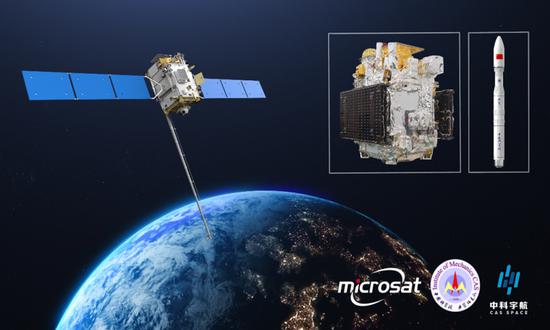
(Photo/courtesy of the CAS)
China has released the second batch of science and technology results collected from the first spacecraft of the country's Innovation X satellite series, which achieved multiple national and international firsts such as the first solar transition zone image, as well as the brightest Gamma-ray bursts (GRBs) ever recorded, the Global Times learned from developers on Thursday.
The spacecraft code-named SATech-01 was developed by the Innovation Academy for Microsatellite of the Chinese Academy of Sciences (CAS), and it has been orbiting the Earth for five months.
According to the academy on Thursday, the 46.5-nanometer extreme-ultraviolet imager or Solar Upper Transition Region Imager (SUTRI), a China-developed space-borne solar camera studying the solar transition region onboard the spacecraft, was the first solar imager in the world to work at a wavelength of 40 to 110 nm based on a multilayer narrow-band filtering technique.
With the help of the SUTRI, China achieved the country's first solar transition zone image, and it will offer a clear look into the region's system and structure. The SUTRI's performance met the developers' expectations.
Since becoming operational on August 30, 2022, the SUTRI has obtained 1.6 trillion bytes of observation data and according to the academy, the data will be open and accessible for peer researchers in China and abroad.
Also mounted in the SATech-01 was the High Energy Burst Searcher (HEBS) payload, and it captured the most powerful GRB ever recorded on October 9, 2022, simultaneously with China's space-borne "Insight" Hard X-ray Modulation Telescope (Insight-HXMT) as well as the Large High Air Altitude Shower Observatory in Southwest China's Sichuan Province.
The precise data collected by the HEBS showed that the GRB is more than 10 times brighter than the second in observation history, and it will be very important in helping the world to better understand the origin and working principle of the GRB.
SATech-01 also managed to obtain a global magnetic field image, per the spacecraft's developers.
The spacecraft also verified the technology of combining a versatile camera and payload of different uses onboard altogether, space observers told the Global Times.
The SATech-01 was launched into orbit in the Lijian-1 (ZK-1) solid propellant rocket's maiden flight on July 27, 2022. The 2.65-meter-diameter and 30-meter-long rocket was developed by the CAS.
"These exciting science and technology fruits showcased our expectations of the Innovation X series, which stands for innovation without limits," Zhang Yonghe, the deputy chief designer of the Lijian-1 project who oversaw the satellite system, told the Global Times in a statement the CAS provided.
Multiple research institutes participated in the program. The National Astronomical Observatories of the CAS, Peking University, Tongji University and the CAS Xi'an Institute of Optics and Precision Mechanics, participated in the solar camera development, and the Institute of High Energy Physics of the CAS in the HEBS.
















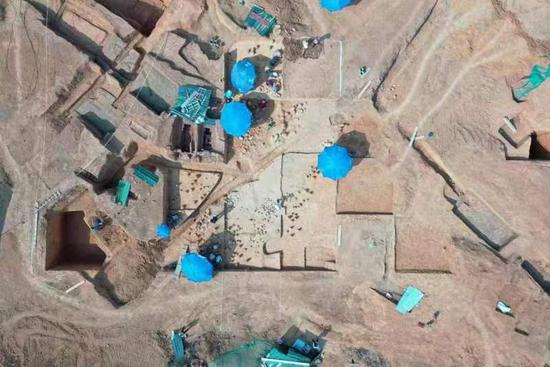








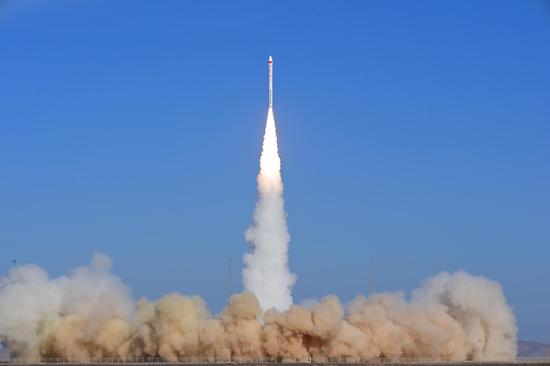
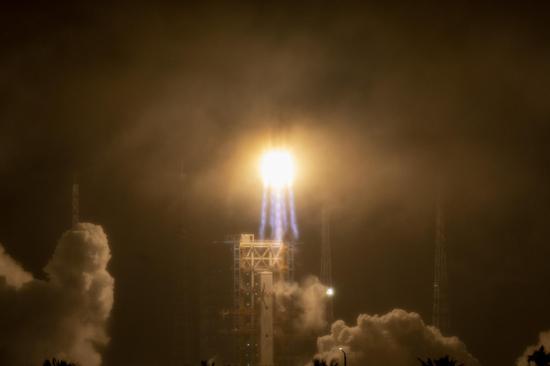


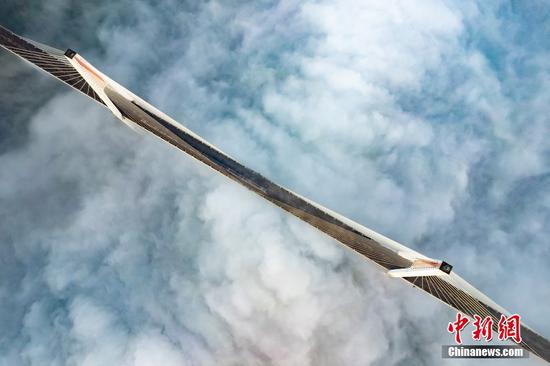





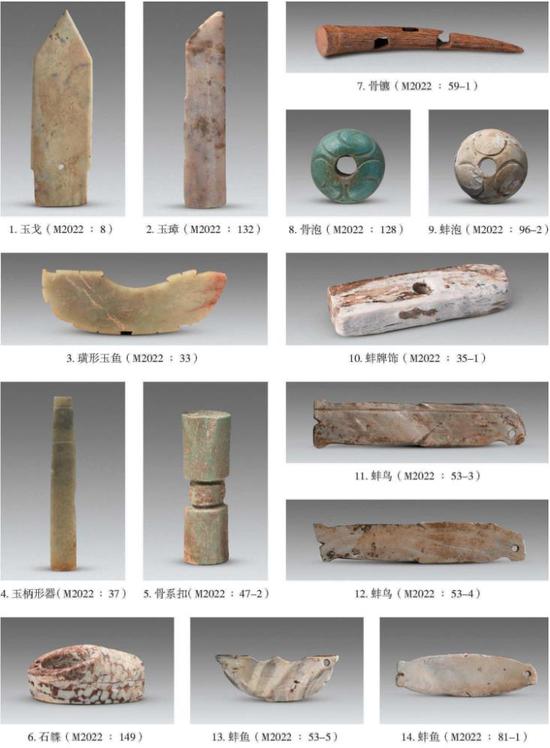


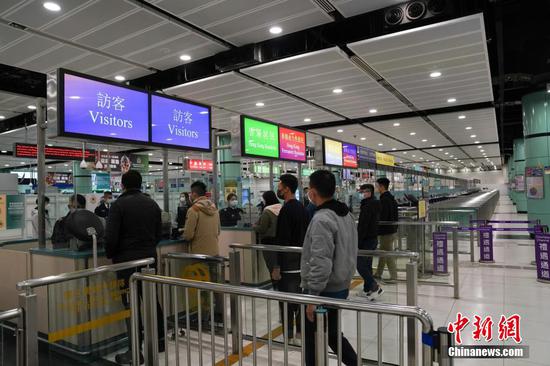
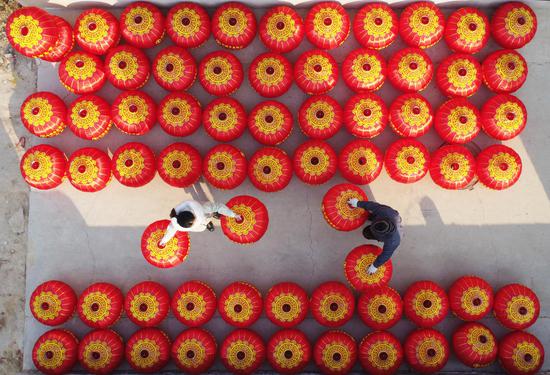










 京公网安备 11010202009201号
京公网安备 11010202009201号